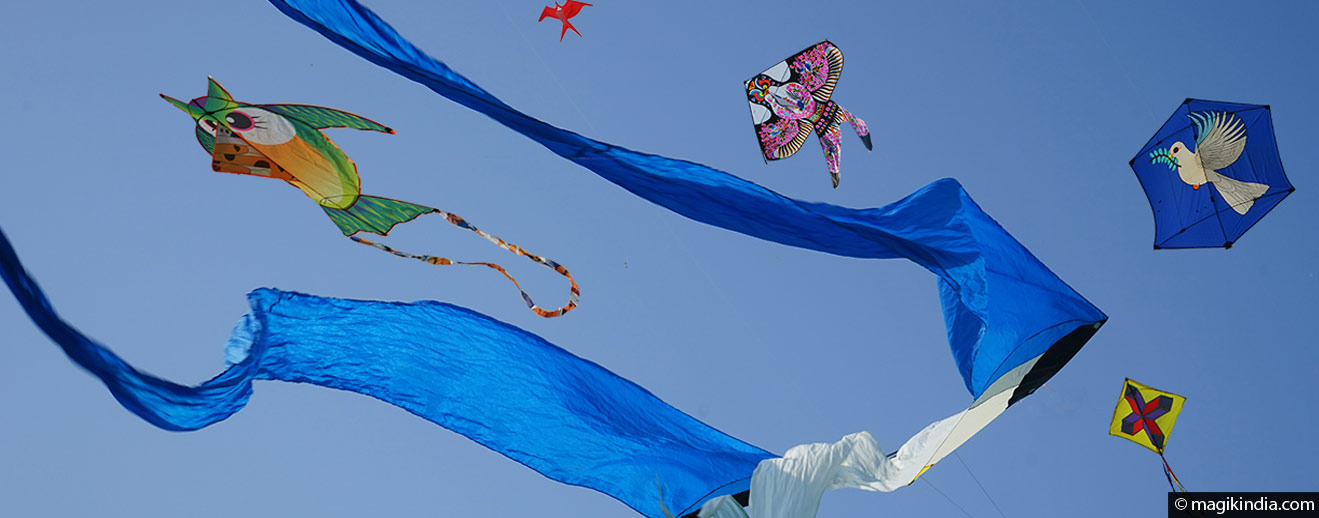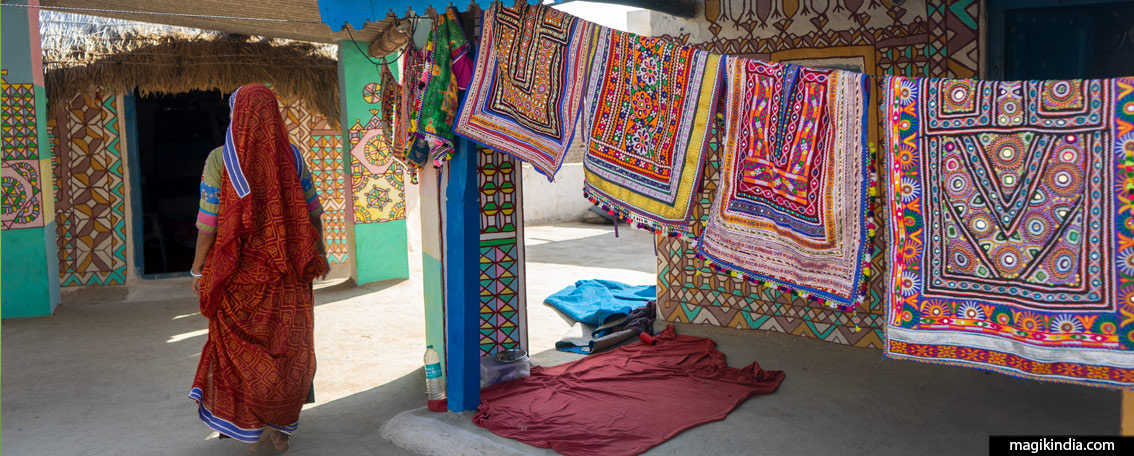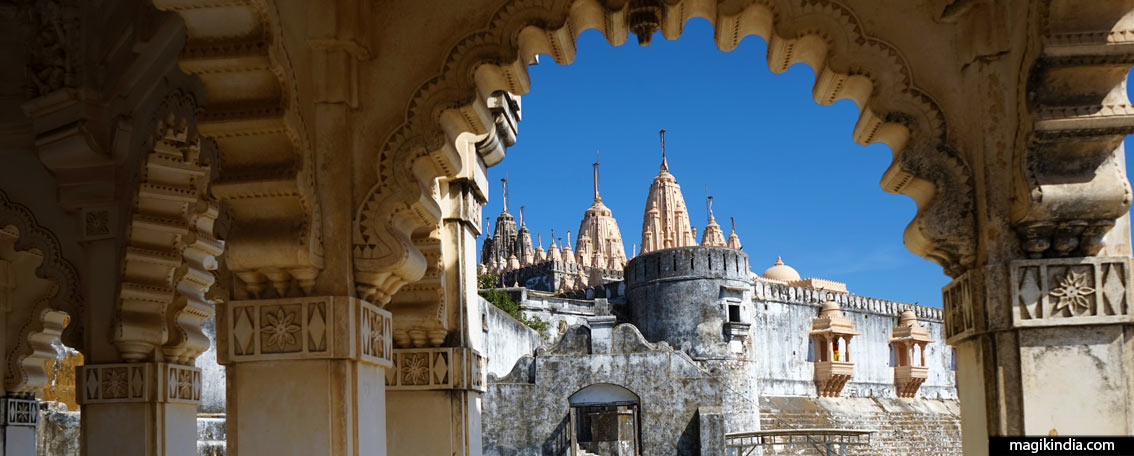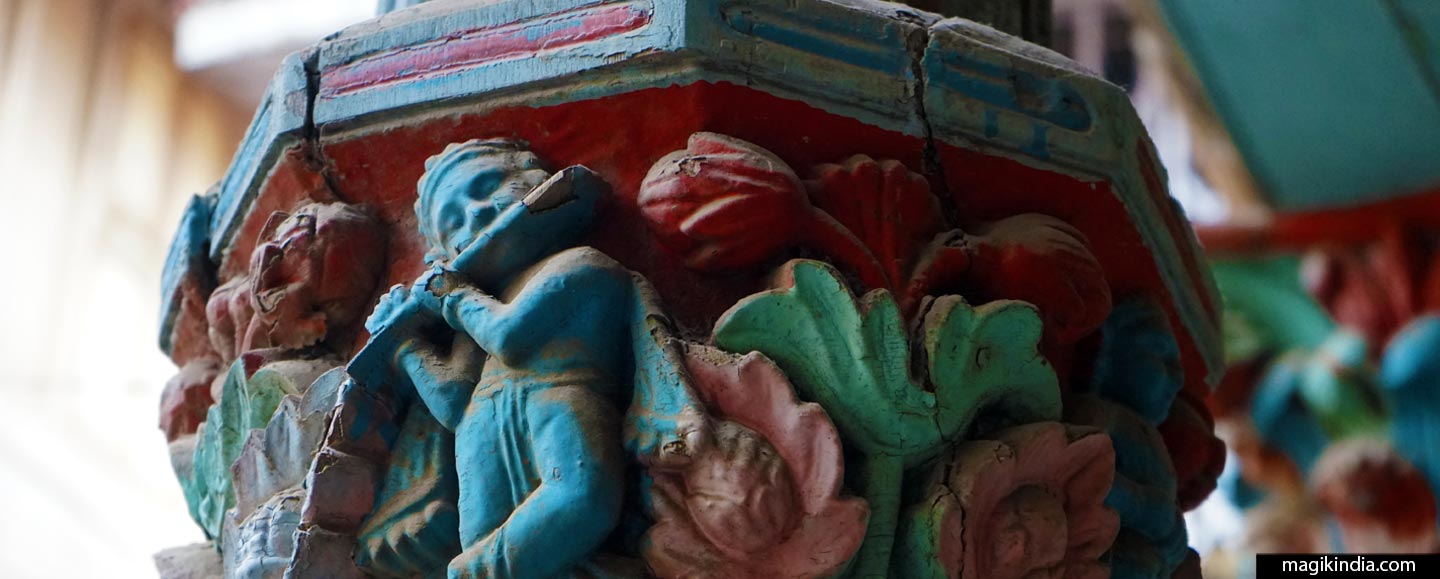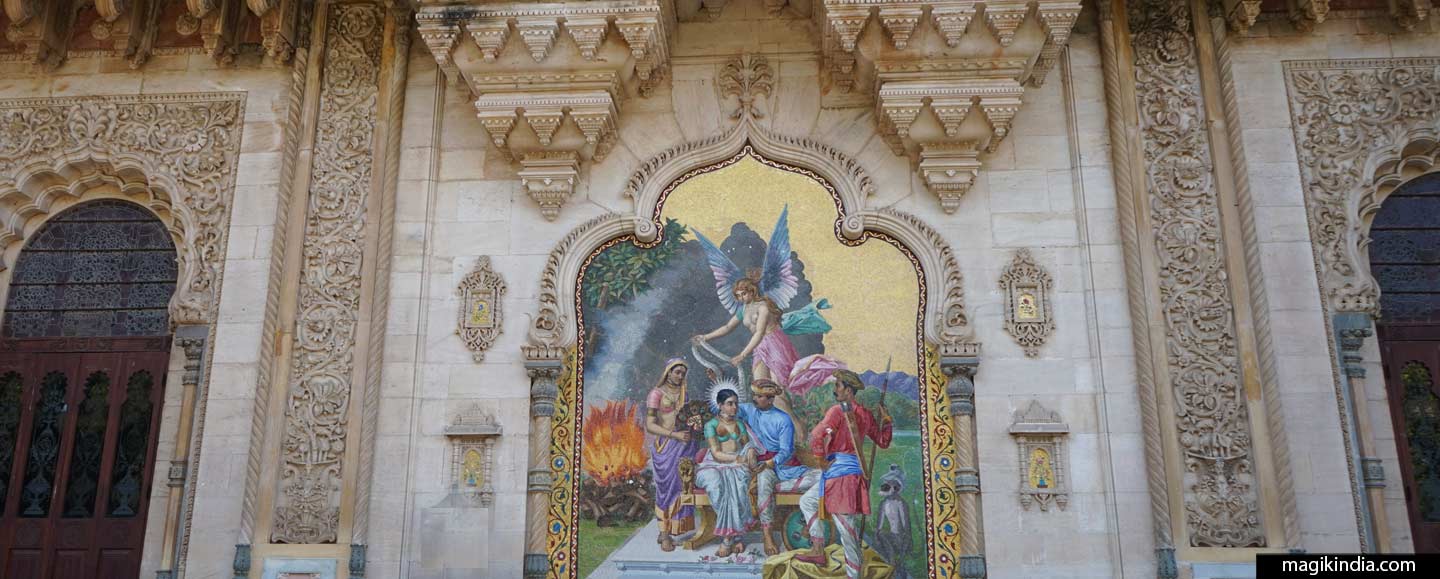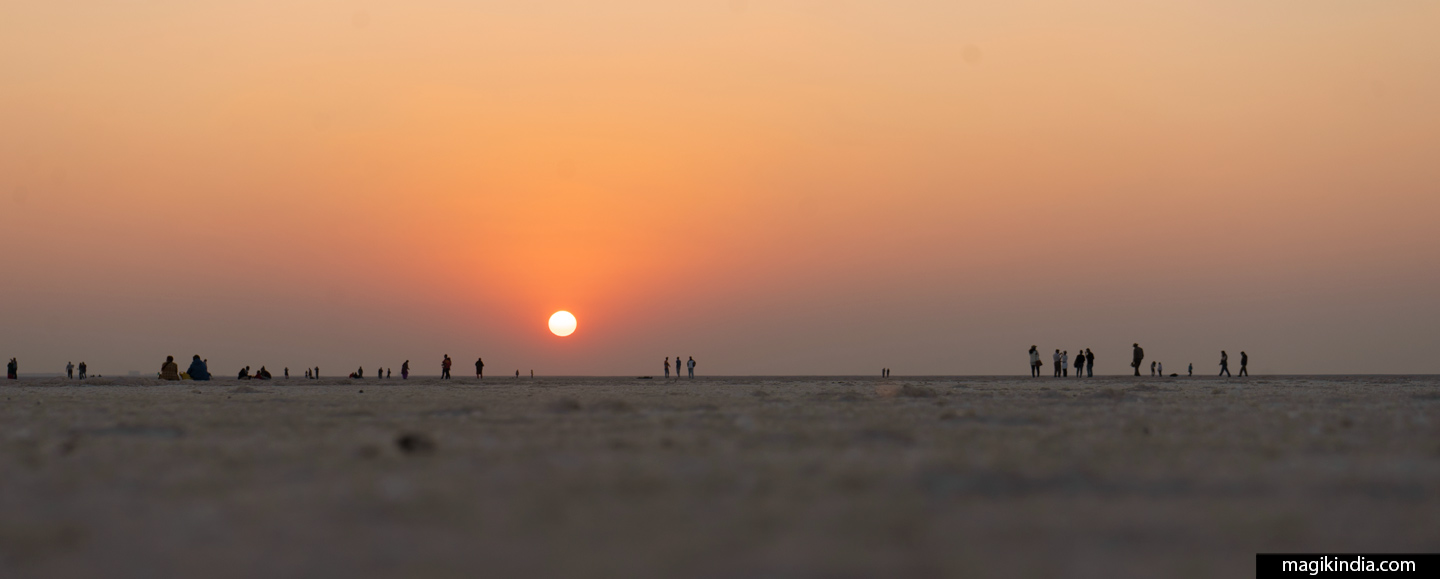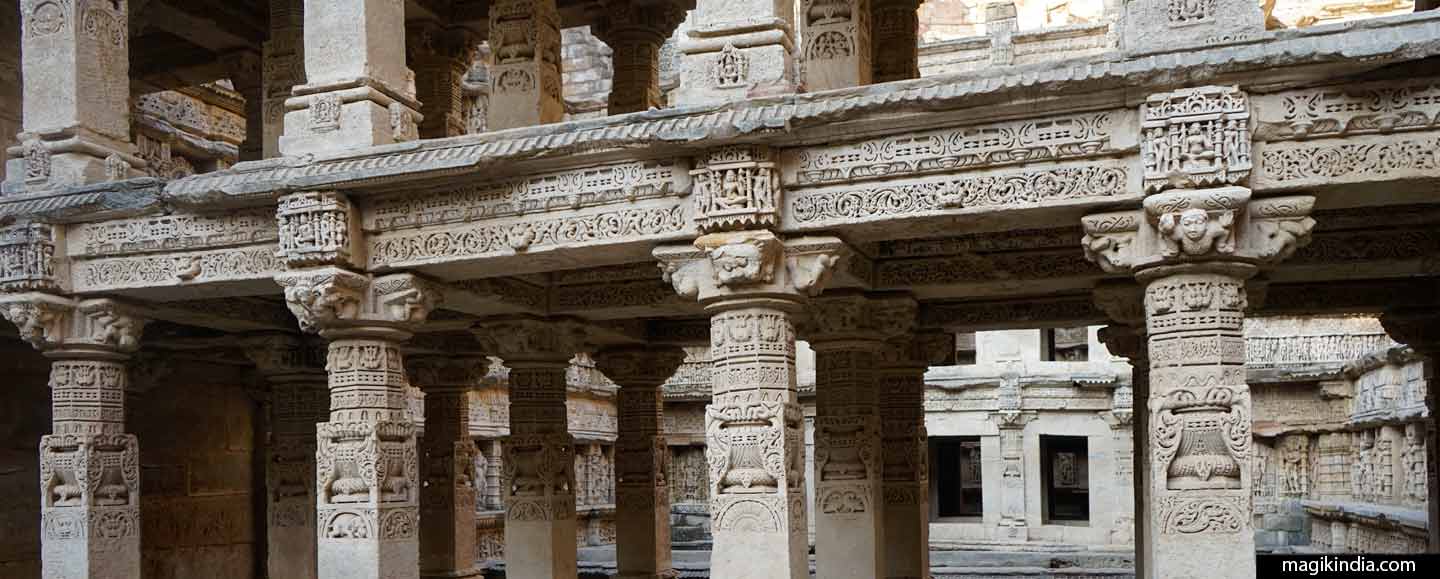
Patan, Rani-ki-Vav and Patola sari
Patan is a fortified town dating from the 8th century CE. It was the capital of Gujarat until 1411, when the sultan Ahmed Shah moved his capital to Ahmedabad. It now owes its fame to its magnificent Rani-Ki-Vav stepwell, a Unesco World Heritage site, built under the Solanki period. It is also renowned for making much-sought-after saris in hand-woven patola fabric.
Rani-Ki-Vav stepwell
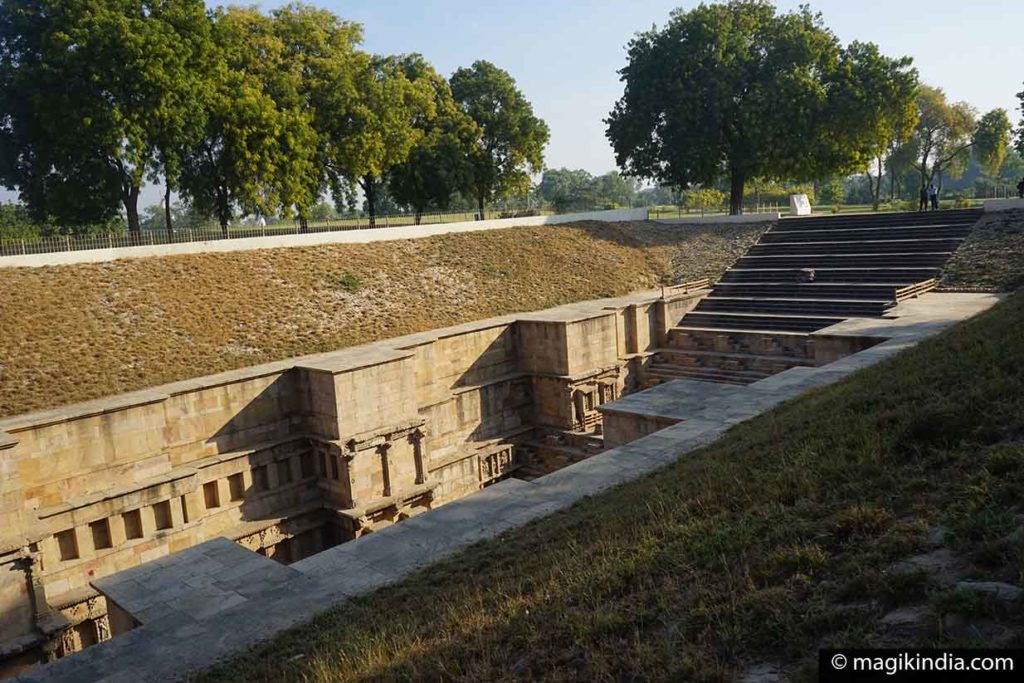
The Rani-Ki-Vav (“queen’s well”) is said to have been commissioned by Queen Udayamati in 1050, in memory of her husband Bhimdev I (1022-1063 CE). He was the son of Mularaja, founder of the Solanki dynasty.
It was buried in silt after repeated floods from the nearby river Saraswati and was only rediscovered in 1960, by the Archaeological Survey of India.
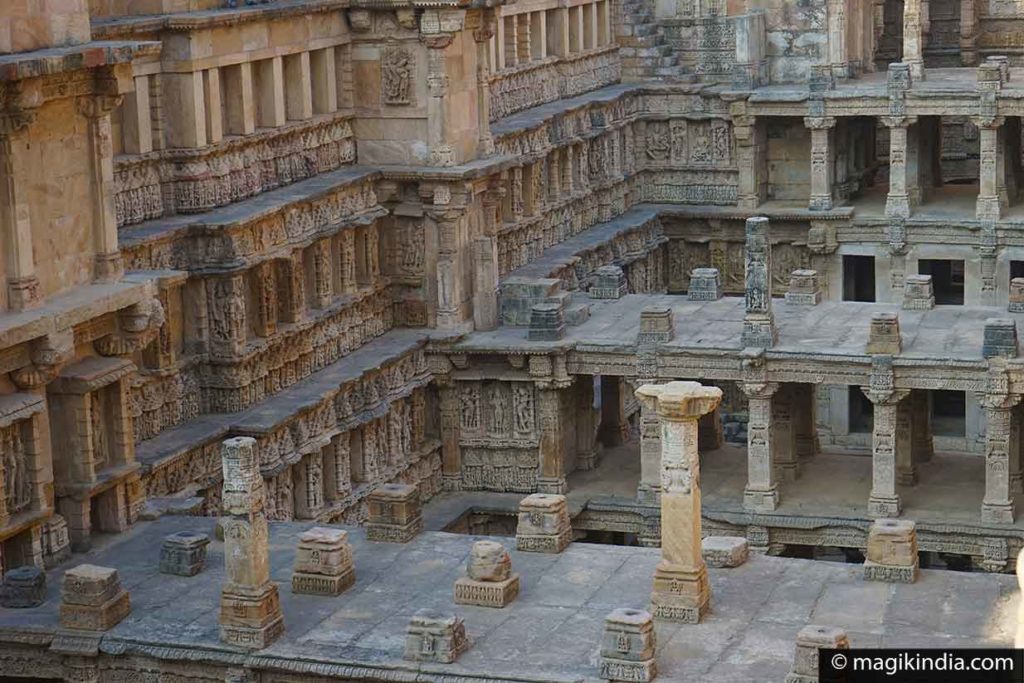
Stepwells are a distinctive form of subterranean water resource and storage systems on the Indian subcontinent, and have been constructed since the 3rd millennium BC.
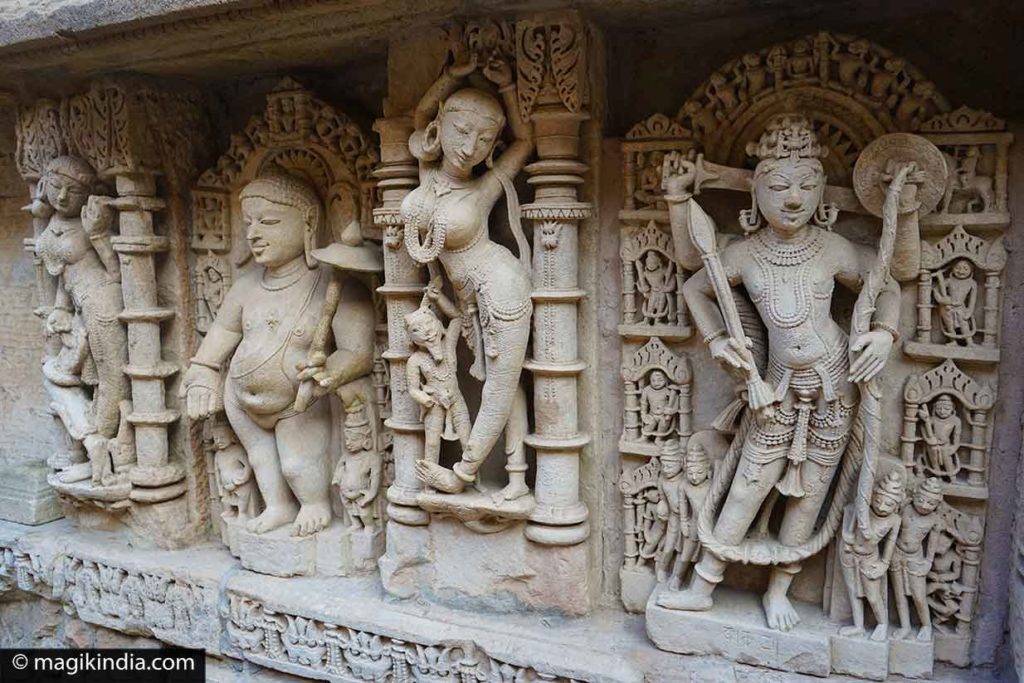
Rani-ki-Vav was built at the height of craftsmens’ ability in stepwell construction and the Maru-Gurjara architectural style, reflecting mastery of this complex technique and great beauty of detail and proportions.
Designed as an inverted temple highlighting the sanctity of water, it is divided into seven levels of stairs with sculptural panels of high artistic quality.
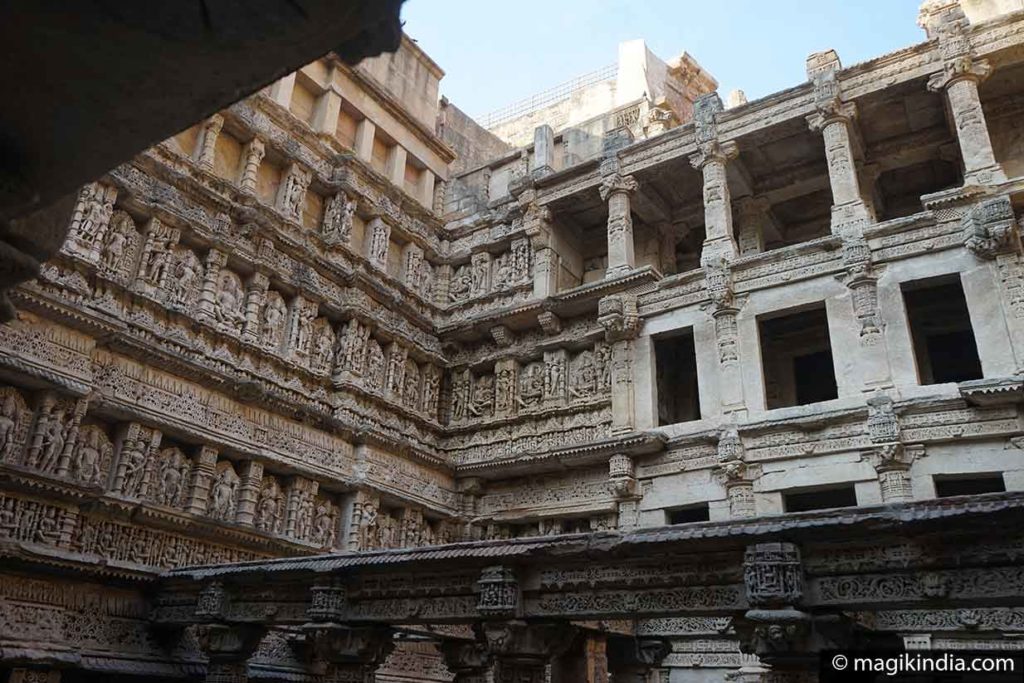
More than 500 principle sculptures and over a thousand minor ones combine religious, mythological and secular imagery, often referencing literary works.
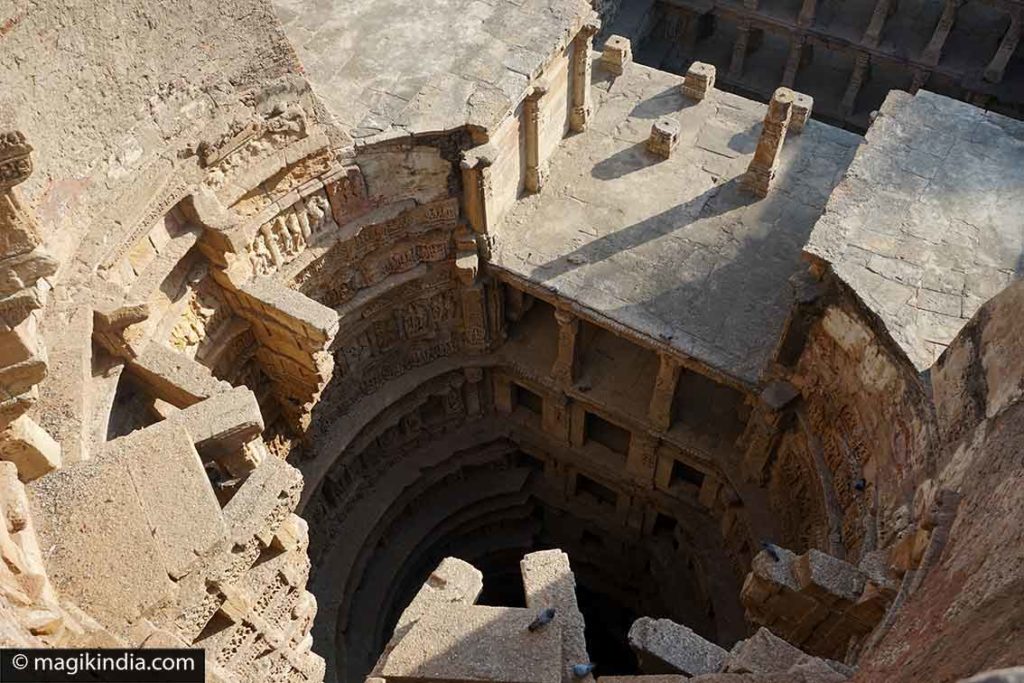
The fourth level is the deepest and leads into a rectangular tank 9.5 m by 9.4 m, at a depth of 23 m. The well is located at the westernmost end of the property and consists of a shaft 10 m in diameter and 30 m deep. (source UNESCO)
Art of Patola in Patan
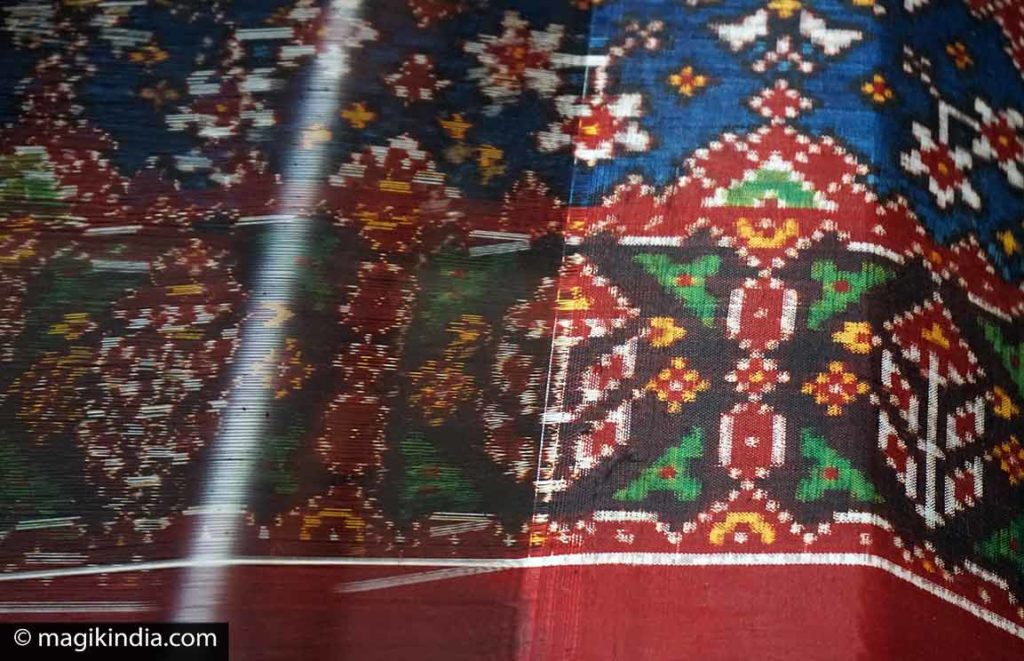
Patan’s other speciality is the art of patola. Patola is the term used in Gujarat for double ikat silk weaving.
Double ikat is produced by tie-dyeing both warp and weft threads with all the colours to be used in the design, at very precise intervals, so that when they are woven together the pattern emerges with all the right colours in the right places.
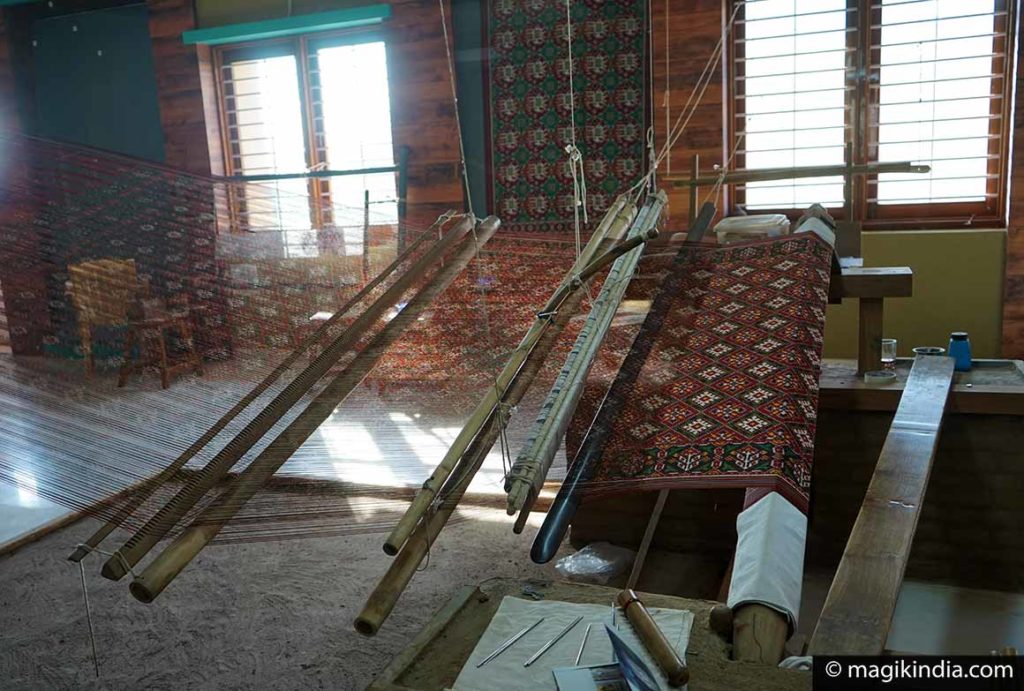
This method makes the cloth reversible, as it is almost impossible to tell the difference between the two sides.
For high end saris the dyes are made from natural pigments. The colour is said to last for more than 300 years.
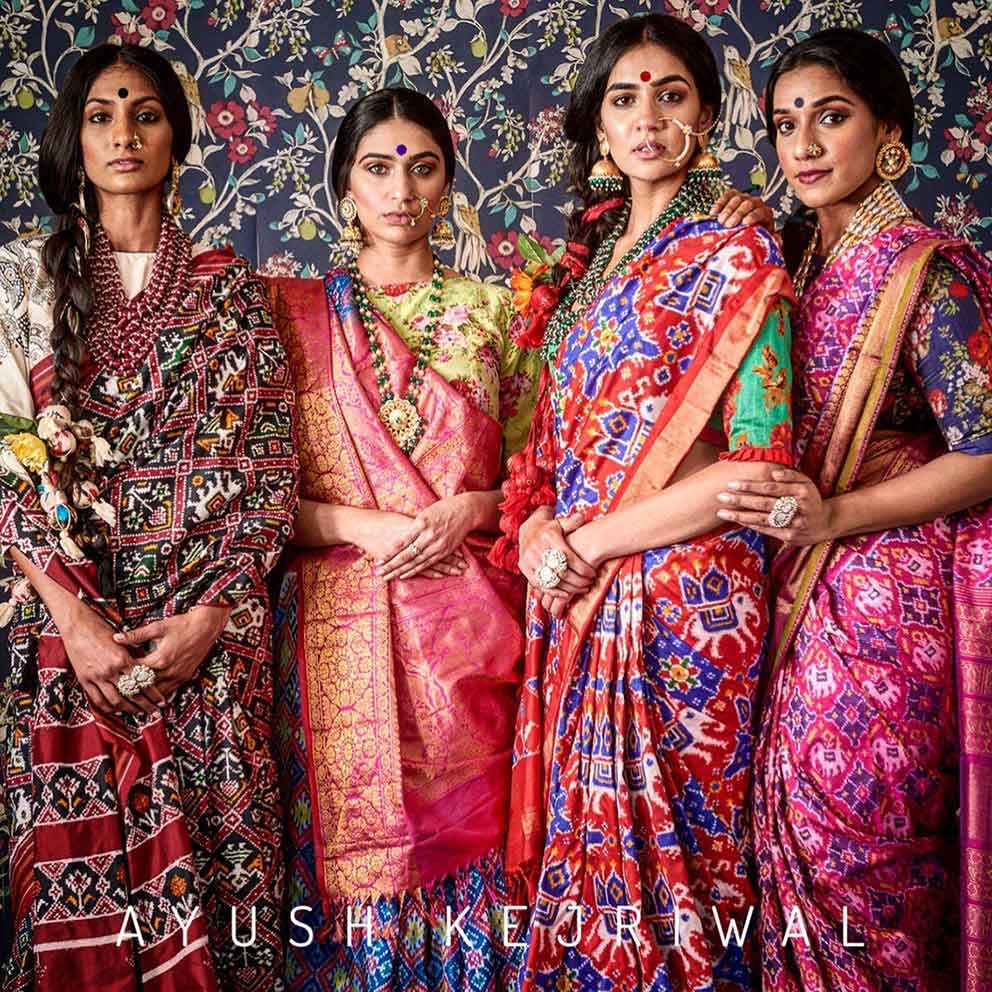
Because the technique is so complex, it can take six months to a year to make a double-ikat patola sari – which is why they are so expensive. The cheapest cost about 140 000 roupies (€2000).
Of the original 700 families of Patan patola weavers there are now only three who continue the traditional double-ikat technique. One of these families, the Salvi family, has built the Patan Patola Heritage Museum not far from the Rani-Ki-Vav. Their small workshop in the city centre also bears eloquent testimony to the beauty of the art.
[ Video: The art of Patola by the Salvi Family, Patan ]
Other places of interest
Sahasralingam tank
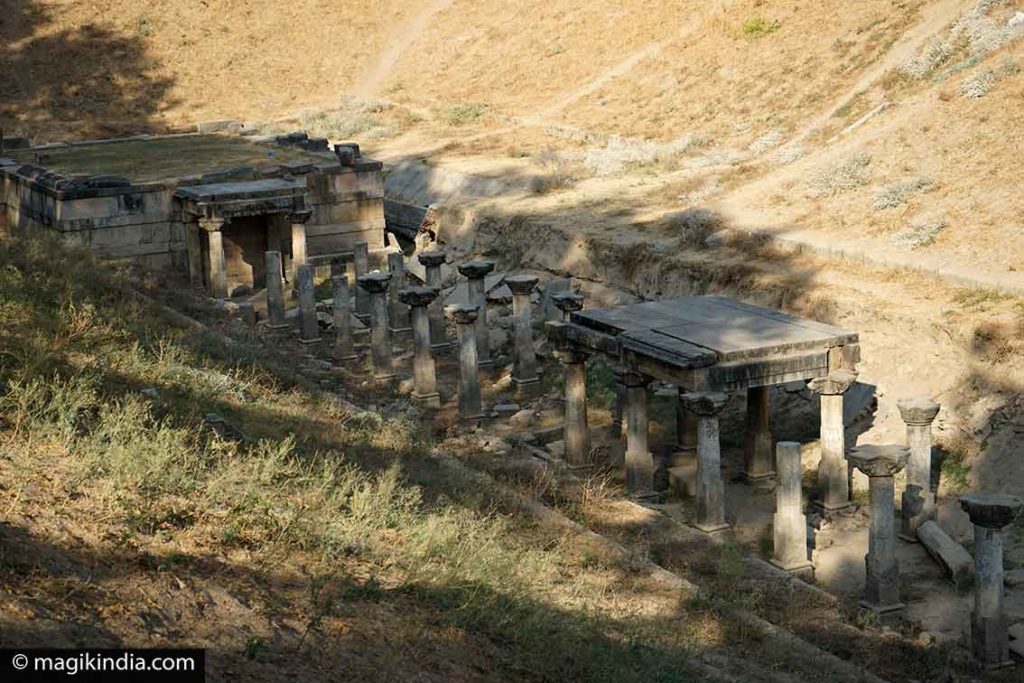
Sahasralingam tank is one of the many artificial reservoirs built in different parts Gujarat under the patronage of Siddhraj Jaisinh (1093-1143 CE). It is one of the largest. Sahasralingam tank takes its name from the many small temples containing Shiva lingams that once stood around it, though they were demolished at the end of the medieval period.
Panchasara Parsvanatha Jain temple
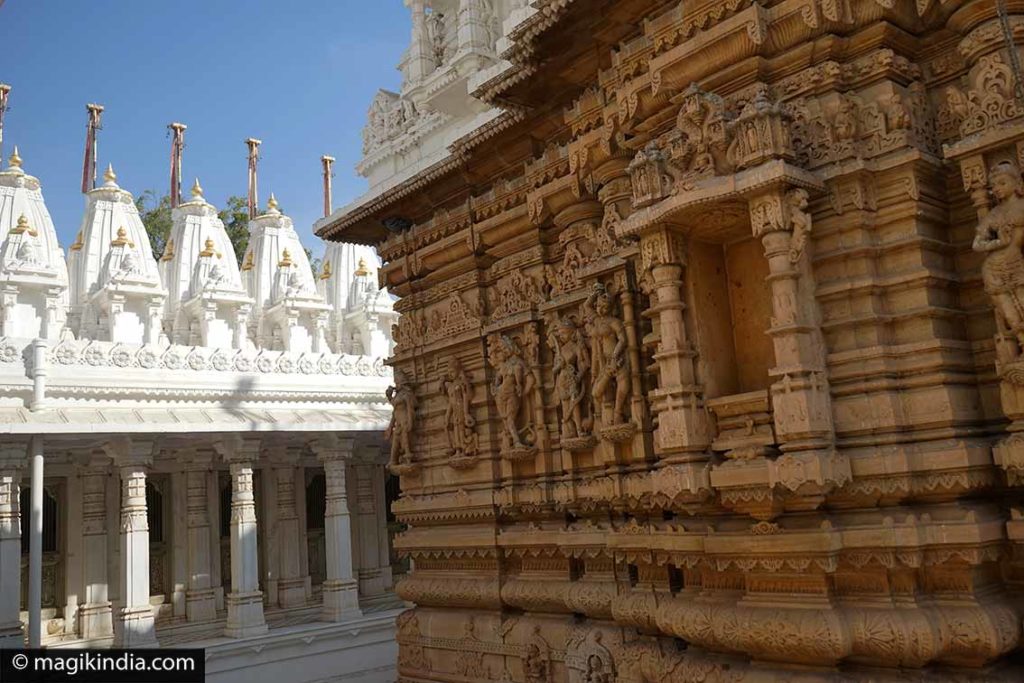
Patan has more than 100 Jain temples, reflecting the importance of Jainism in the Solanki period. One of the largest is the Panchasara Parsvanatha. It is dedicated to Parsvanath, the 23rd Tirthankar (Jain saint), who lived in the 9th century BCE. The temple was built in the 16th century CE and has several courtyards and a number of finely sculpted shrines.

